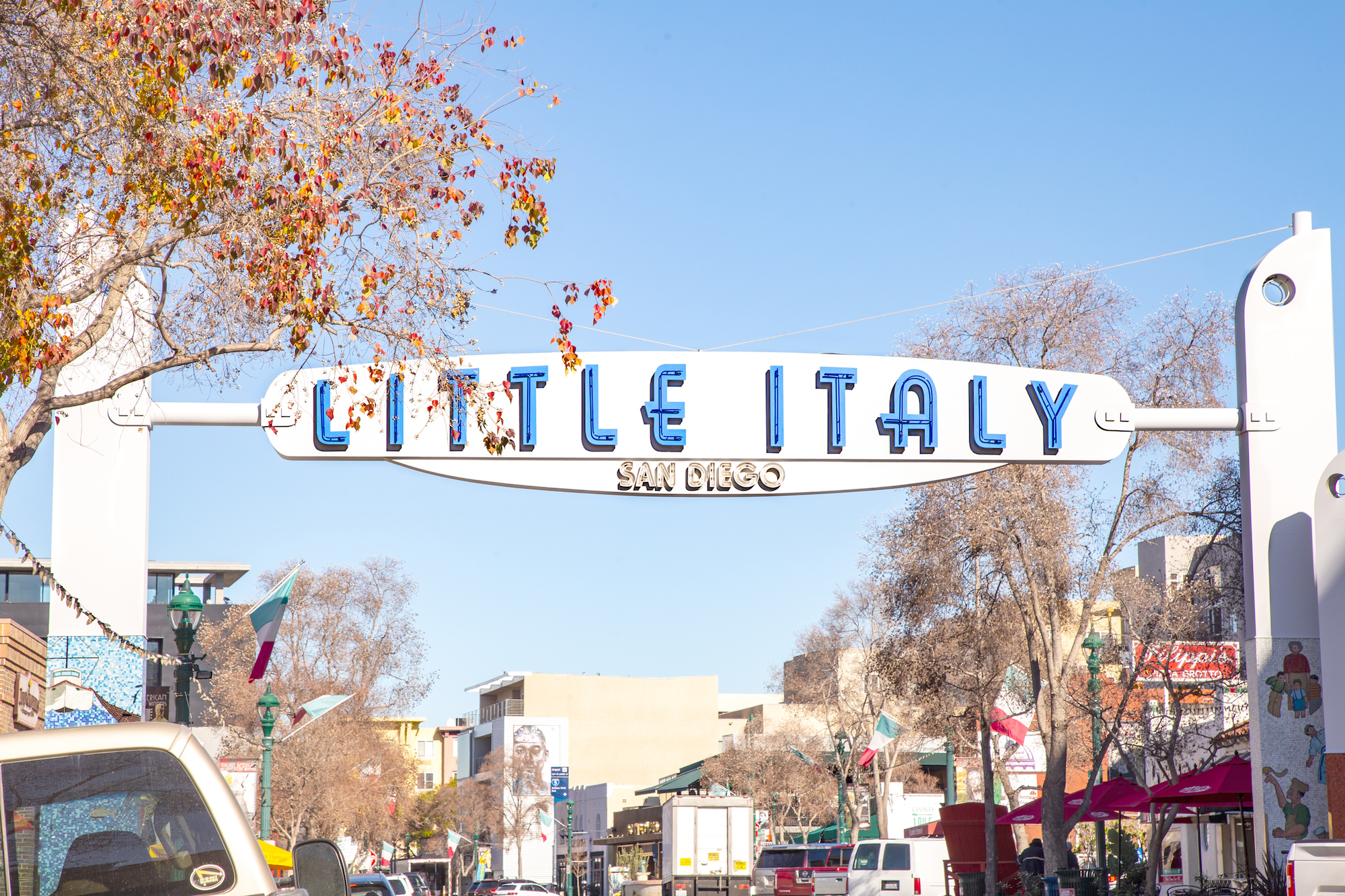For the first time the State of California is releasing data detailing where controversial guardrails manufactured by Trinity Industries are located in San Diego County.
Trinity manufactures guardrails lining highways in California and across the country. Last year it was ordered to pay millions in damages and penalties for defrauding the federal government by making false statements about the changes it made to the ET-Plus, a widely used version of its guardrail end terminals.
The changes, according to lawsuits and complaints against the highway manufacturing heavyweight, based in Texas, cause the guardrail to perform improperly.
One lawsuit recently filed in San Diego alleges the guardrail system is “unreasonably dangerous” and as a result impaled San Marcos resident Andrew Weidemann. According to the lawsuit, the guardrail led to “massive injuries that include but are not limited to severing one of the Plaintiff's legs”.
Click here to read the lawsuit.
The company has always maintained their guardrails meet federal standards.
Through a California Public Records Act Request, NBC 7 Investigates requested the inventory and location of where ET-Plus end terminals are located in the region from the California Department of Transportation. The state public records request also asked Caltrans how the agency identifies the systems.
Local
Click here or on the map below to see where the guardrails are located and find out more about any recent repairs under “description.”
Source: The Resilience Program of the Association of Bay Area Governments
According to Caltrans, there are more than 3,600 ET-Plus units along California freeways, representing about 9.5 percent of all guardrail end terminals in California.
According to lawsuits filed against Trinity across the country, instead of passing through the terminal chute and pigtailing out the side, away from the vehicle, the metal railing of the guardrail jams up inside the chute. The metal then sometimes pierces through a vehicle like a spear, cutting through cars and sometimes the people inside.
Caltrans provided NBC 7 Investigates photos and documents showing the differences between an older approved guardrail system and the ET Plus. Click here to view them.
In California the ET-Plus is no longer being installed on roadways, a spokesperson for Caltrans told NBC 7 Investigates. The state is weighing what to do next with the ET-Plus guardrails currently on roadways across the state.
The ET-Plus remains eligible for federal reimbursement according to regulations from the Federal Highway Administration. The FHWA is responsible for approving which highway safety materials are eligible for federal reimbursement. States look to the agency for guidance on which products are approved for use on their highways.
Under orders from and under the supervision of the FHWA, the company ran tests on the ET-Plus guardrail system last year. The guardrails met all crash test criteria, a U.S. Department of Transportation Federal Highway Administration official said.



